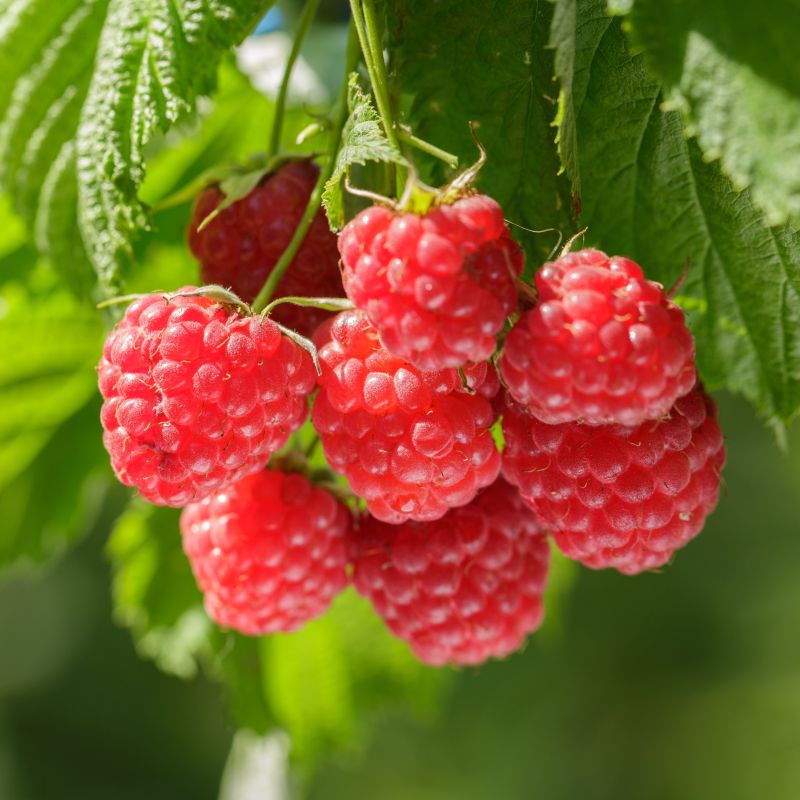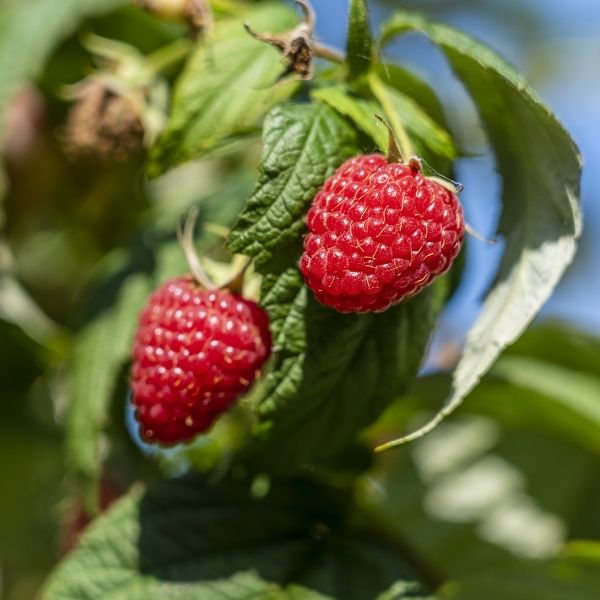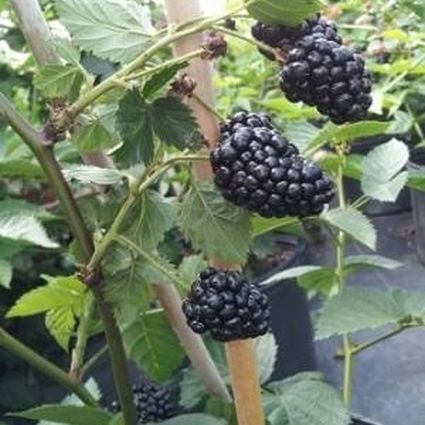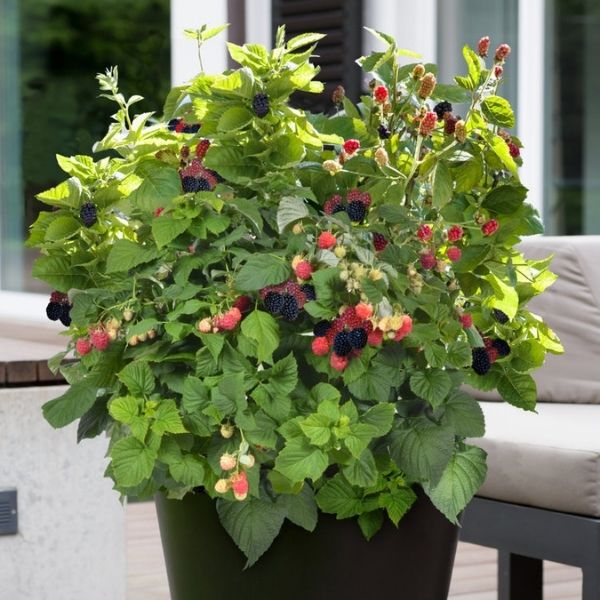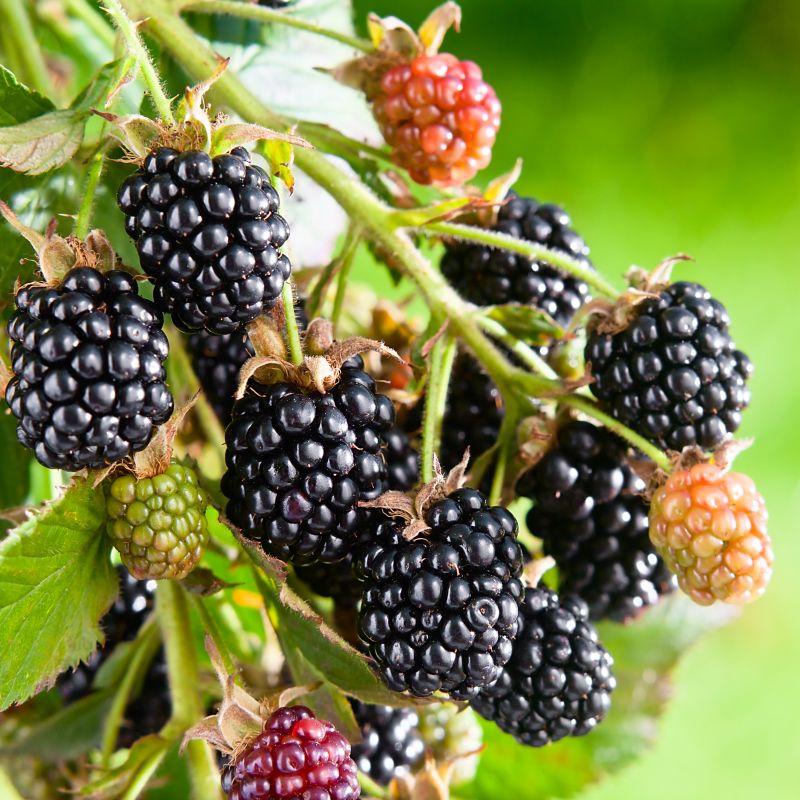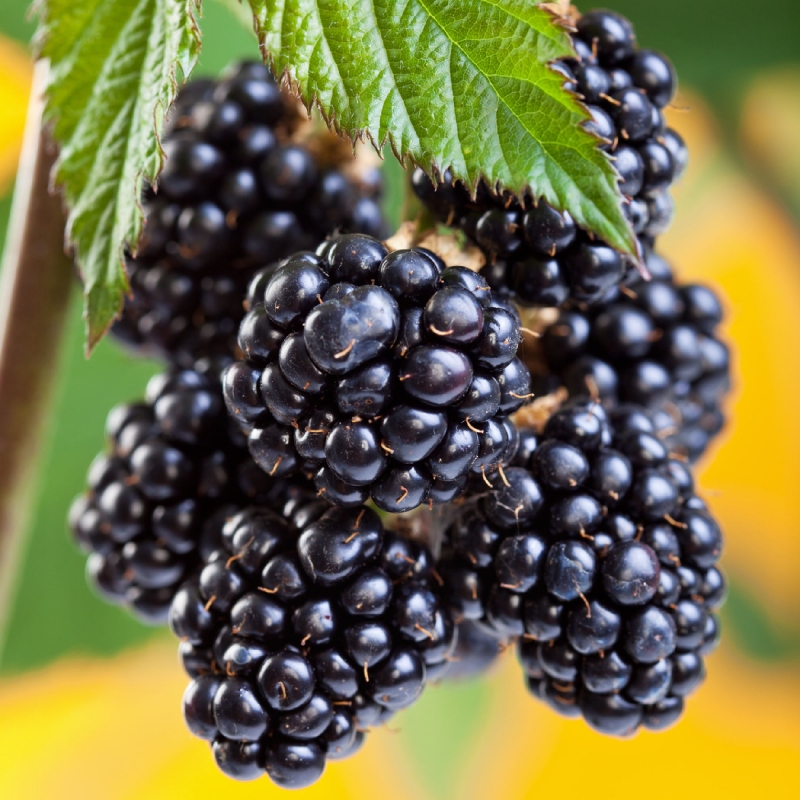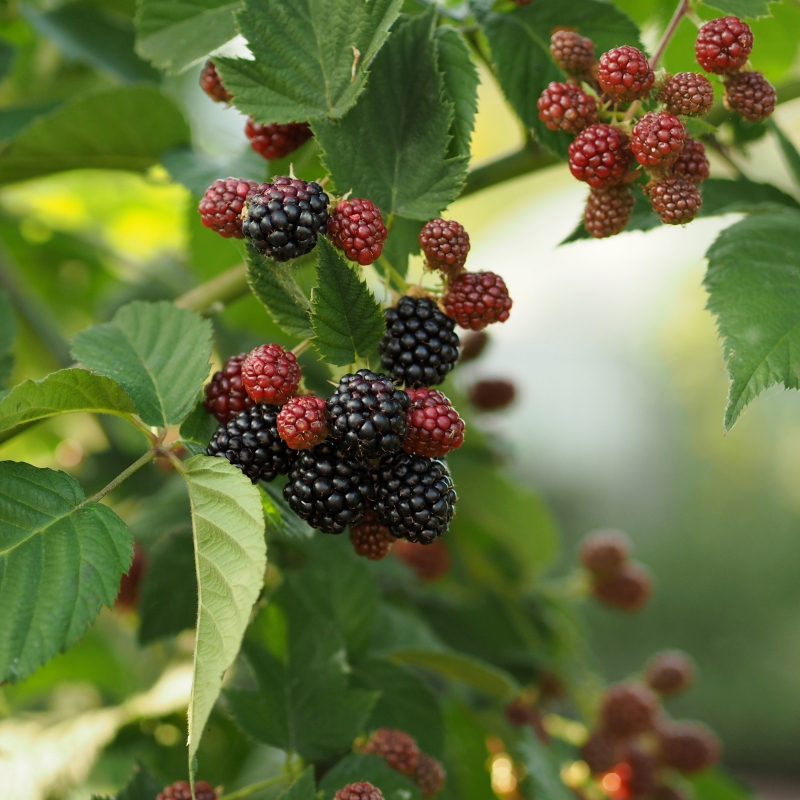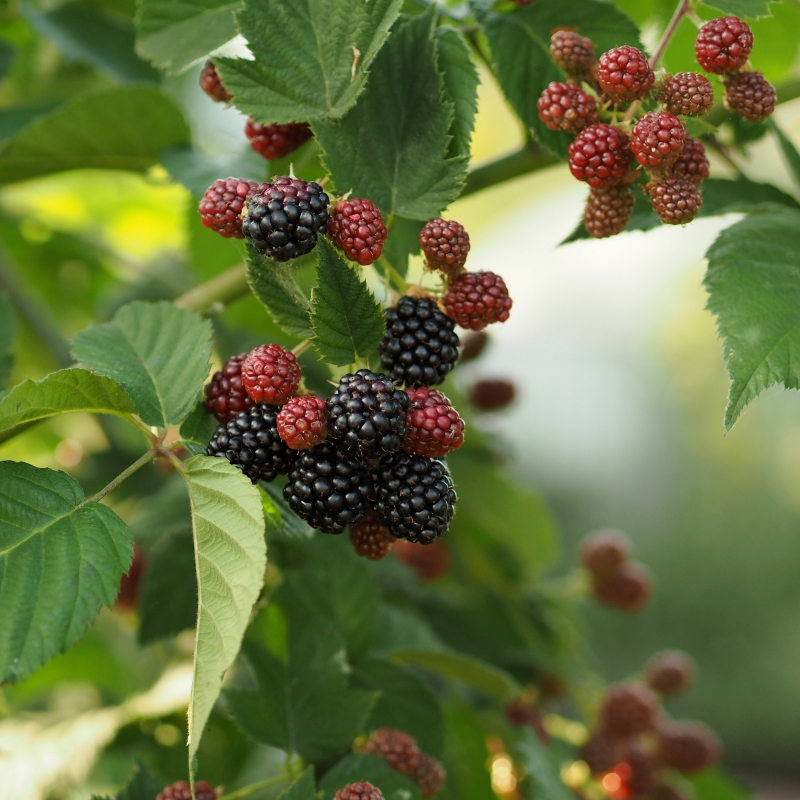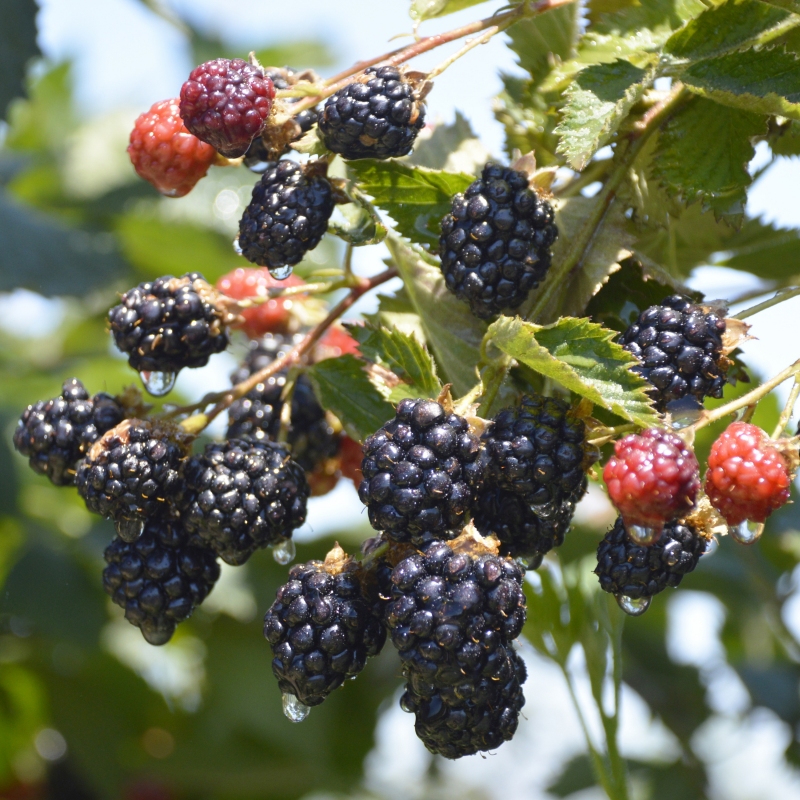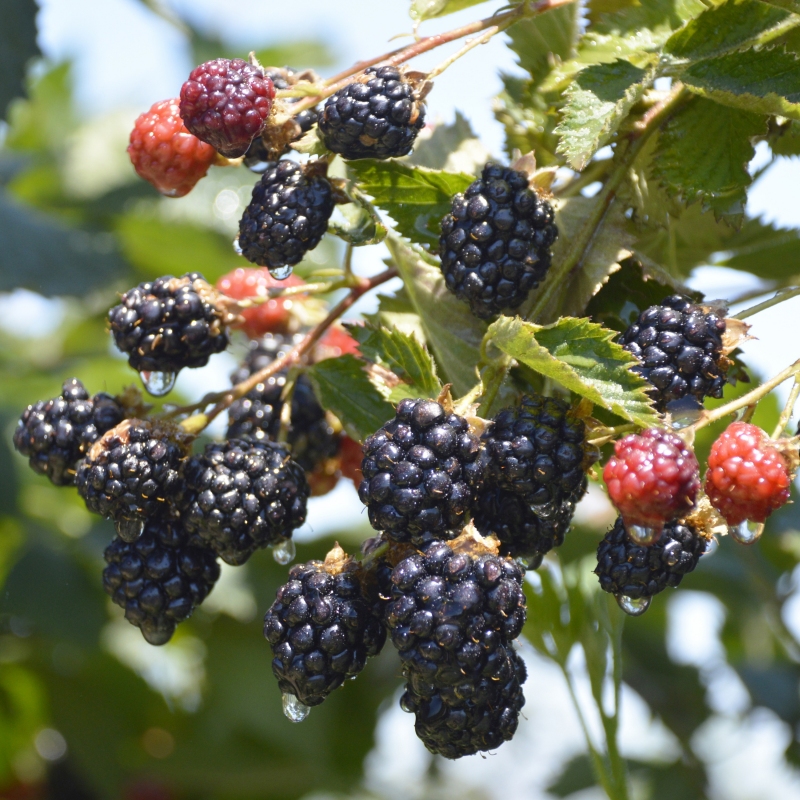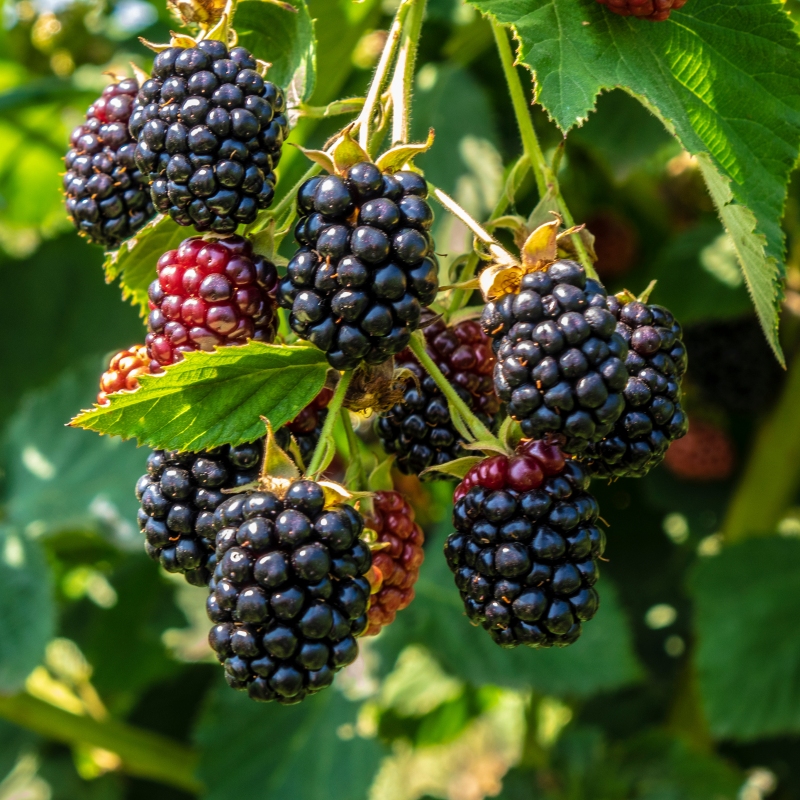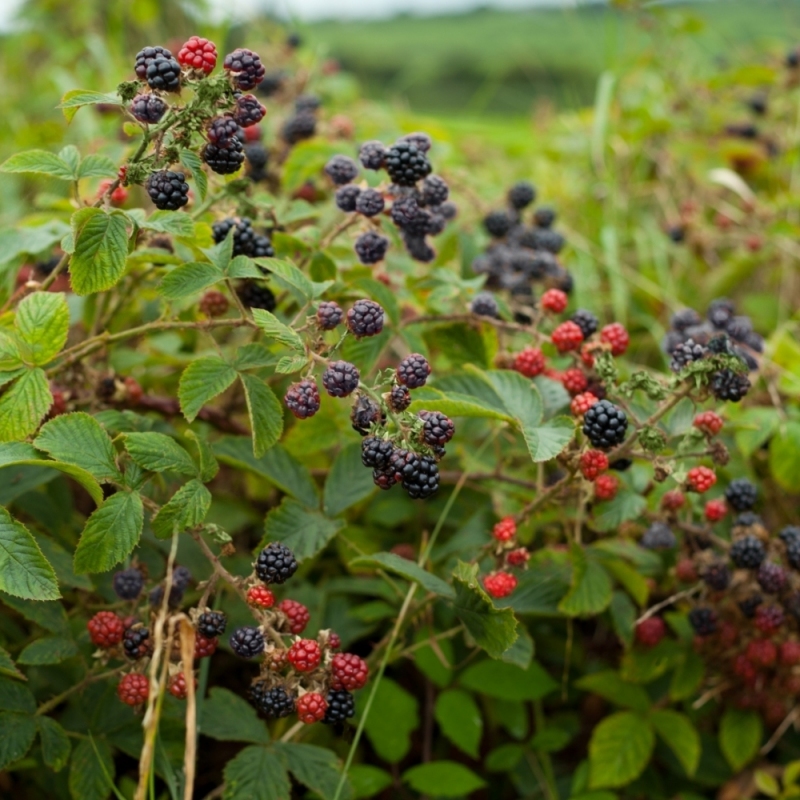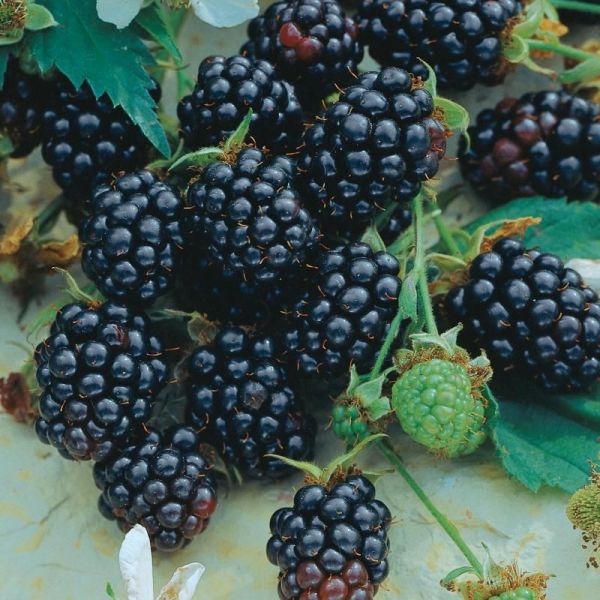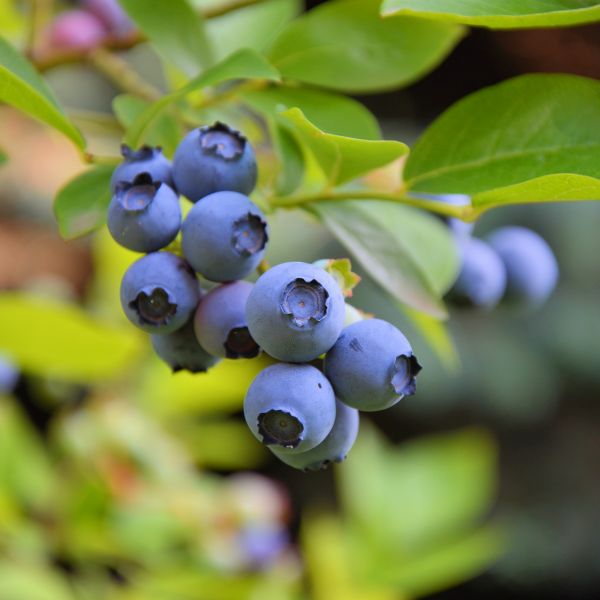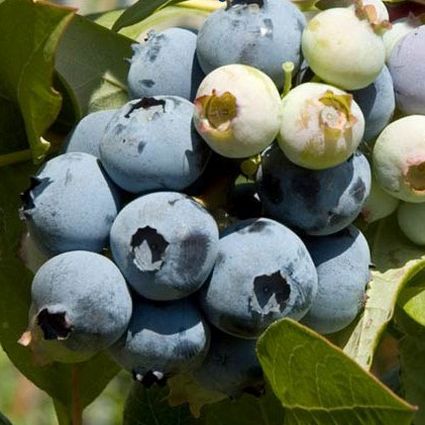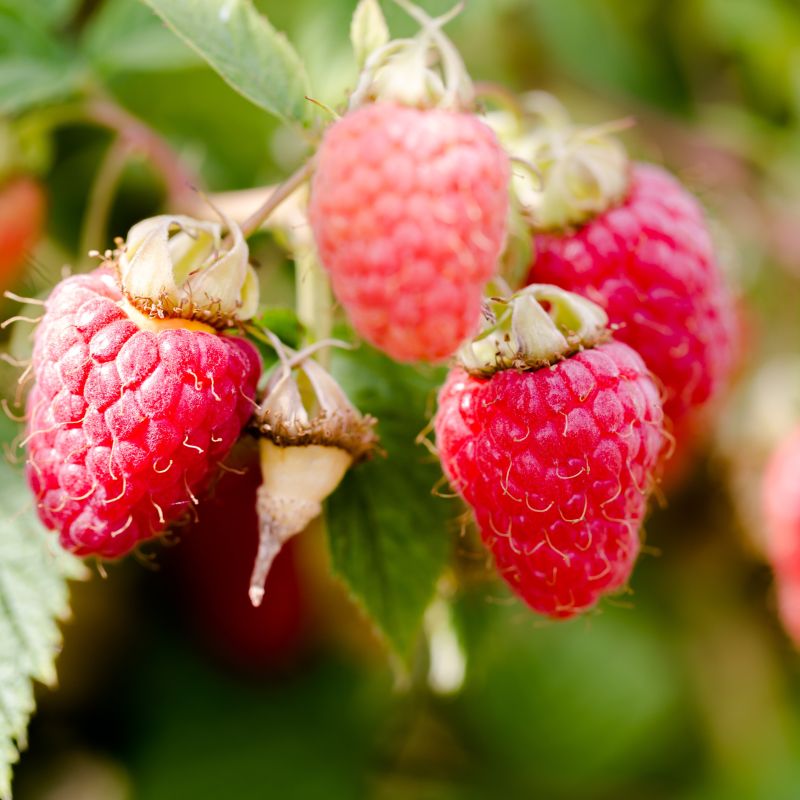
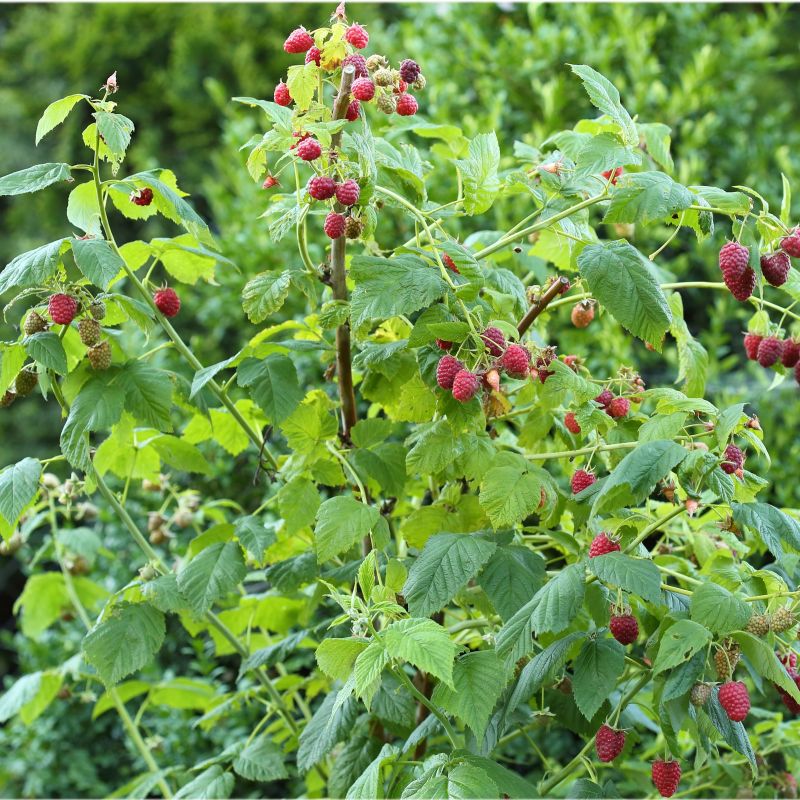
Heritage Raspberry
Rubus idaeus var. strigosus 'Heritage'
8 reviews
Heritage Raspberry
Rubus idaeus var. strigosus 'Heritage'
8 reviews
- Large and sweet berries that are perfect for fresh eating
- Highly productive plants that yield abundant crops
- Disease-resistant and easy to grow in various climates
- Recommended by landscape designers for optimal fit in real yards
$40.00
$58.00
30% Off
- Ships to 43215 in 3 to 7 days
- Free Shipping Over $150
- Plant Arrival Guarantee
- In Stock
- Free Plant Consult
$200 - Landscape-Approved: Every Plant We Sell Comes With Design Expertise Behind It
Premium 1 Gallon
Not just beautiful - intentionally selected by ShrubHub's 3D landscape design team to fit real-world spaces and maximize yard potential.
Why Heritage Raspberry?
The Heritage Raspberry variety is favored for its sweet flavor and large, firm berries. This cultivar of Rubus idaeus var. strigosus is known for its high yield and ability to produce fruit in the first year after planting. It is also appreciated for its disease resistance and cold hardiness, making it a popular choice for home gardeners and commercial growers alike.
People who loved this plant also bought
Sunlight
Heritage Raspberry plants require full sun to thrive, meaning they need at least 6-8 hours of direct sunlight each day. Planting them in a sunny spot with good air circulation will help promote healthy growth and fruit production.
Watering
Heritage Raspberry plants require regular watering, especially during the growing season. They need about 1-2 inches of water per week. It is important to keep the soil consistently moist but not waterlogged to ensure healthy growth and fruit production.
Fertilizing
Heritage Raspberry plants require a balanced fertilizer with an N-P-K ratio of 10-10-10. They benefit from regular applications of fertilizer in the spring when new growth begins, and then again after harvest to help build up reserves for the following yea
Heritage Raspberry (Rubus idaeus var. strigosus 'Heritage')
The Heritage Raspberry is a popular variety of raspberry that produces large, flavorful berries. This variety is known for its vigorous growth and high yields, making it a favorite among home gardeners and commercial growers alike.
The Heritage Raspberry plant is a perennial shrub that typically reaches heights of 4 to 5 feet. It produces delicate white flowers in the spring, followed by the delicious, deep red berries in the summer. The berries are known for their sweet-tart flavor and are perfect for fresh eating, baking, or making preserves.
This variety of raspberry is known for its disease resistance and cold hardiness, making it a reliable choice for gardeners in a variety of climates. The Heritage Raspberry plant also has an extended harvest season, typically producing fruit from mid-summer through fall.
Whether grown in a backyard garden or on a larger scale, the Heritage Raspberry is a versatile and flavorful addition to any landscape.
Plant Information:
| Botanical Name: | Rubus idaeus var. strigosus 'Heritage' |
| USDA Zones: | 4 - 8 |
| Water: | Moderate |
| Exposure: | Full Sun |
| Soil Needs: | Well Drained |
| Mature Height: | 5 - 6 feet |
| Mature Spread: | 3 - 4 feet |






Pollination Info
Heritage Raspberry Pollination Information
The Heritage Raspberry (Rubus idaeus var. strigosus 'Heritage') is a self-pollinating plant, meaning that it can produce fruit on its own without the need for another raspberry plant for cross-pollination. However, having multiple raspberry plants nearby can increase fruit yield and quality through cross-pollination.
Best Pollinators
If you have other raspberry plants nearby, they can act as pollinators for the Heritage Raspberry. Bees, butterflies, and other insects are also effective pollinators for raspberry plants. Make sure to provide a habitat that attracts these pollinators to your garden.
Pollination Tips
- Plant multiple raspberry plants in close proximity to encourage cross-pollination.
- Ensure your garden attracts bees, butterflies, and other pollinators to help pollinate the plants.
- Avoid using pesticides that may harm pollinators.
- Check the plants regularly during the flowering period to ensure proper pollination.
FAQ
Frequently Asked Questions about Heritage Raspberry
Q: What is Heritage Raspberry?
A: Heritage Raspberry, also known by its scientific name Rubus idaeus var. strigosus 'Heritage', is a popular variety of raspberry known for its sweet and flavorful berries.
Q: How do I plant Heritage Raspberry?
A: Plant Heritage Raspberry in well-drained soil in a sunny location. Make sure to space the plants about 2-3 feet apart to allow for proper growth.
Q: How often do I need to water Heritage Raspberry?
A: Water Heritage Raspberry regularly, especially during dry periods. Keep the soil consistently moist but not waterlogged.
Q: When is the best time to harvest Heritage Raspberry?
A: Heritage Raspberry typically produces fruit in summer or early fall. Wait until the berries are fully ripe and easily come off the plant with a gentle tug before harvesting.
Q: How do I protect Heritage Raspberry from pests and diseases?
A: To protect Heritage Raspberry from pests and diseases, keep the area around the plants clean and free of debris. You can also use organic pesticides or insecticidal soaps if necessary.
Q: How should I prune Heritage Raspberry?
A: Prune Heritage Raspberry plants in late winter or early spring. Remove any dead or damaged canes, as well as any weak or spindly growth. Leave the healthiest canes for optimal fruit production.
Planting & Care
Planting and Care for Heritage Raspberry
Planting: Heritage raspberries prefer well-drained soil with plenty of organic matter. Choose a sunny location for planting. Space each plant 2-3 feet apart in rows that are spaced 6-8 feet apart.
Watering: Keep the soil consistently moist, especially during the growing season and when the fruit is developing. Water at the base of the plant to avoid wetting the foliage.
Fertilizing: Fertilize heritage raspberries in the spring with a balanced fertilizer. Follow the manufacturer's instructions for application rates.
Pruning: Prune heritage raspberries in late winter or early spring before new growth begins. Remove any dead or diseased canes, as well as any weak or overcrowded canes. Cut back the remaining canes to about 5-6 feet tall.
Support: Heritage raspberries benefit from support to help keep the canes upright and off the ground. Use a trellis or stakes to support the canes as they grow.
Pests and Diseases: Keep an eye out for common raspberry pests such as aphids, spider mites, and Japanese beetles. Harvest ripe fruit promptly to prevent infestations. Watch for diseases such as powdery mildew and gray mold, and treat accordingly.
Harvesting: Heritage raspberries are ready for harvest when they easily come off the plant with a gentle tug. Pick raspberries frequently to encourage more fruit production.
By following these planting and care tips, you can enjoy a bountiful harvest of delicious heritage raspberries from your garden.
Check Out These Verified Customer Reviews:
Customer Reviews
4.5 out of 5 based on 8 reviews
Thank you! Your review has been submitted.
I was impressed by the freshness of the raspberries.
The raspberries arrived in great condition, very tasty.
I am impressed with the quality of the Heritage Raspberry plants I received. They were lush and green, showing signs of strong growth potential. The berries taste fantastic and the customer service team was helpful in addressing my queries. My only feedback is to improve the shipment time. Overall, a great purchase!
Item has been added to your cart.



